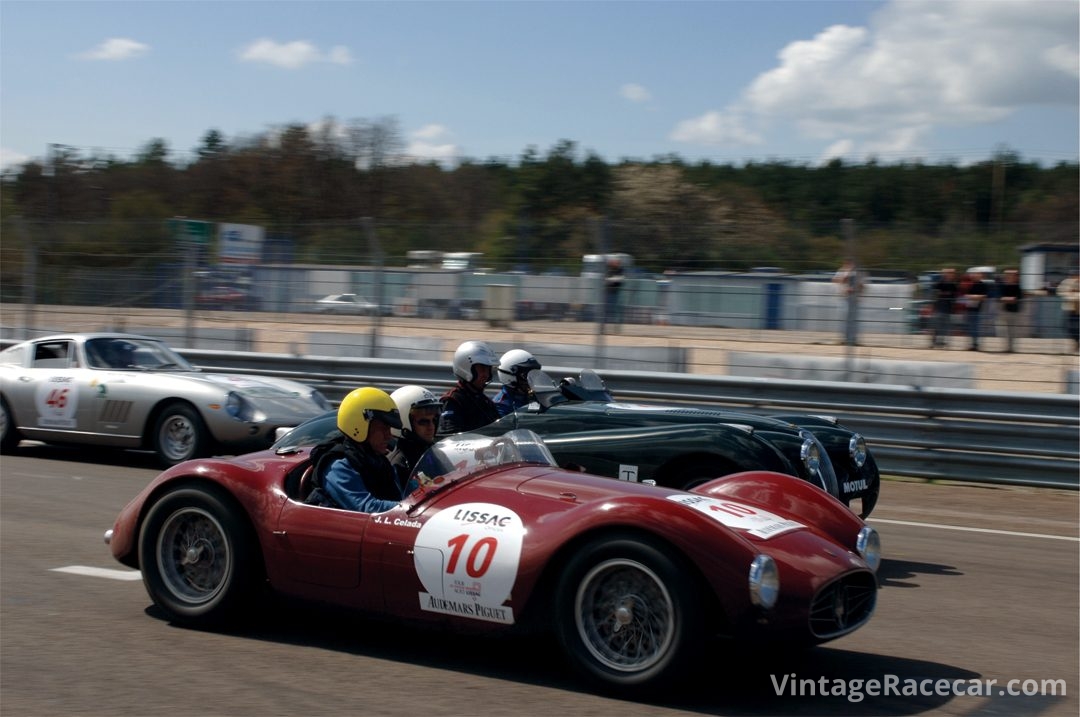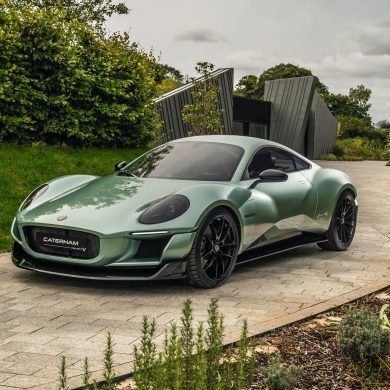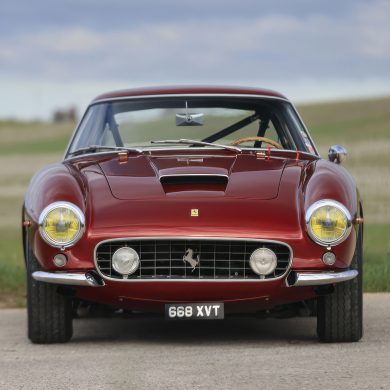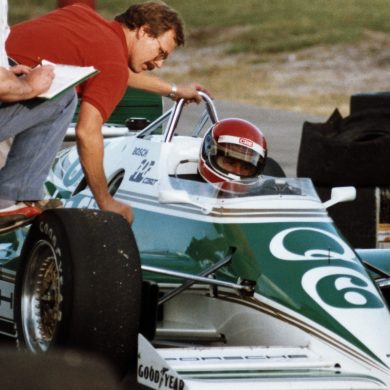“The best motoring all-rounder in the world,” So opened John Sprinzel’s Autosport reports of the 1963 and ‘64 Tour de France. The night stages are gone now but the spirit of the Tour lives on. It has lost none of its ability to grab one’s senses today. Long road sections, special stages and circuits every day for five days needs stamina – and a reliable car.
There is something faintly surreal about cruising safely at near motorway speeds down open, straight, single-track roads. It wasn’t just for short bursts either; across the central plain of France this frequently went on for several kilometers with the road ahead totally deserted. It was the second day in to the 2006 Tour Auto. There were three still to go and those who thought it all might be a pleasant drive down through France, a sort of belle époque of gracious living and driving, were in for a rude shock. Don’t get me wrong, the event is huge fun, but the cost is that you really have to work at it. Twelve-hour days are not unusual, but the satisfaction is immense.
The plot, as always, was for around 200 cars to gather on a Monday in April around the fountains of the Trocadero, just across the Seine from the Eifel Tower in Paris. The entry contained fewer of the star entries that had been so significant on past Tours, while the event was turned on its head with the regularity runners leading and the fast competition cars at the back.
As always the entry was eclectic. The first ten cars through contained a Renault 4CV, a rare ’50s Salmson, two OSCAs, an Alfa Giulia, two different Siatas, a Ferrari 212 Export and a Maserati A6GCS.
From a A6GCS and an OSCA with no weather equipment, through Jaguar XKs, Porsches and Cobras to Alfa Giulias, Mustangs and Ferrari GTBs, this was some of the many different ways in which the Tour was enjoyed. Flies in the teeth, or comfy and snug. The latter was an advantage at times as in the Auvergne, especially at the fabulous Charade circuit, where it seemed like we were back in the UK with temperatures in single figures.
Over 300 kilometers, a special stage and “races” at a different circuit en route, take place each day. The tracks were Dijon, Magny Cours, Charade and Ledenon with an extra special stage on Day 4. Wrong-slotting or hanging about to view the countryside can lead to a serious need to regain time lost. The style of the circuits varies from the fast sweeps of Burgundy at Dijon, to the featureless Magny Cours, via the breathtaking altitude changes and blind apexes of Charade to the tight turns and 38 gear changes per lap of Ledenon in Provence.
This year the finish was in Cannes, while Day 1 started from Paris with an Autoroute run out to the Bourgogne, but the route from then on was almost entirely on D, V or C roads. As France unfolded on the first day, veteran French rally ace and eventual winner, Jean Ragnotti in his Alpine just held off the Entremonts in their Michelotto Ferrari 308 GTB in the Competition class.
With classes for Index of Performance and the very important Regularity, there was an award for all to aim for and there was little let up. It was obvious there was much to play for when immaculate road-going Ferrari 250 GT SWBs were seen kerb hopping at Magny Cours to make up time – no gentle run this.
By Peter Collins











